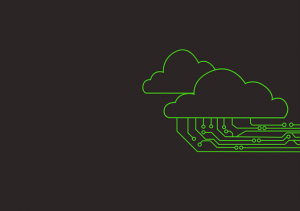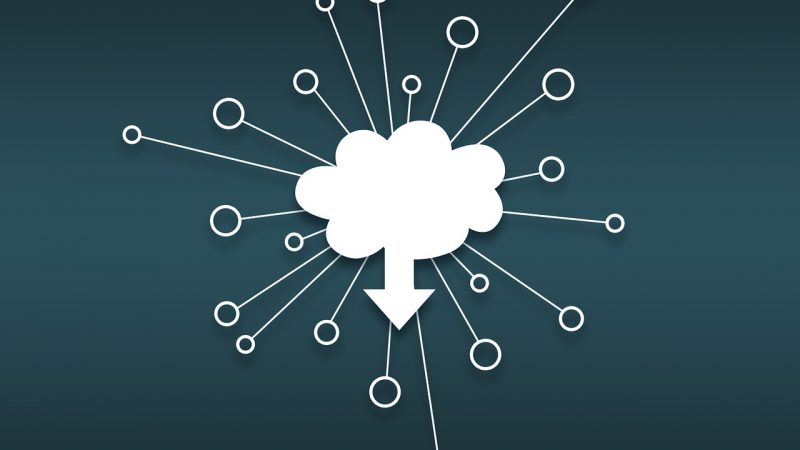The term Cloud Computing has become an everyday staple for many. People are starting to get familiar with it and many even know about the potential it has got to change our world for the better.
But there are still certain things that people don’t know about the different types. There are different types of cloud deployment and types of cloud computing services.
We discuss them here…
Types of Cloud Deployment
Cloud deployment refers to the way a cloud platform is implemented, hosted and who has access to it. They function by virtulizing the computing power of servers into segmented, software-driven applications. There are three types – private, public and hybrid.

Private Cloud
A private cloud is used by a single organization, usually ones that have strict compliance needs for its data and applications. Users can access a private cloud through a standard internet connection but they may need to use authorized devices with added security standards.
Public Cloud
A public cloud does not differ greatly from a private cloud. But the biggest difference is that the public cloud is large enough to be segmented and offered to various customers on a subscription basis. The processing capacity and storage is provided by multiple servers (hundreds even) so customers can scale their needs upward whenever they want without added equipment.
Hybrid Cloud
A hybrid cloud is a customized solution that combines a private cloud environment with a public cloud. Sensitive data and proprietary information are usually stored in the private cloud and moved into a public cloud environment when needed. It allows companies the security of a private cloud and scalable power and versatile resources of a public cloud.
Types of Cloud Computing Services
All public cloud computing services are built on the same conceptual framework powered by servers housed in data centers. Thus you might imagine cloud computing as a pyramid comprised of three layers where each layer is more specialized than the one below while at the same time being built on the same basic structure.

Infrastructure as a Service (IaaS)
IaaS is the most comprehensive and the most flexible service available and acts as the foundation of the pyramid. It is able to provide a completely virtualized computing infrastructure managed by the internet. The IasS provider manages the physical end of the infrastructure while the user is able to fully customize their virtualized resources.
Platform as a Service (PaaS)
The PaaS provides the framework for the infrastructure which is needed to build, test, manage, deploy, and update software products. It utilizes the same infrastructure as IaaS but adds the operating systems, development tools, middleware, and database management systems needed to create software applications. The PaaS is situated a bit higher on the cloud computing pyramid above IaaS and is a bit specialized compared to it.
Software as a Service (SaaS)

SaaS sits at the very top of the cloud computing pyramid and is for the most part the most familiar one to the majority of people. It is actually a fully developed software solution which is ready for purchase and use over the internet on a subscription basis. The Saas provides manages the infrastructure, the operating systems, middleware, and the data needed to deliver the program. The majority of SaaS applications run directly from the web browsers which means that no downloading or installation is needed. This is a great advantage as it reduces software management issues for internet IT teams which in turn allows companies to streamline their operations with the help of hybrid and multi cloud deployments.







